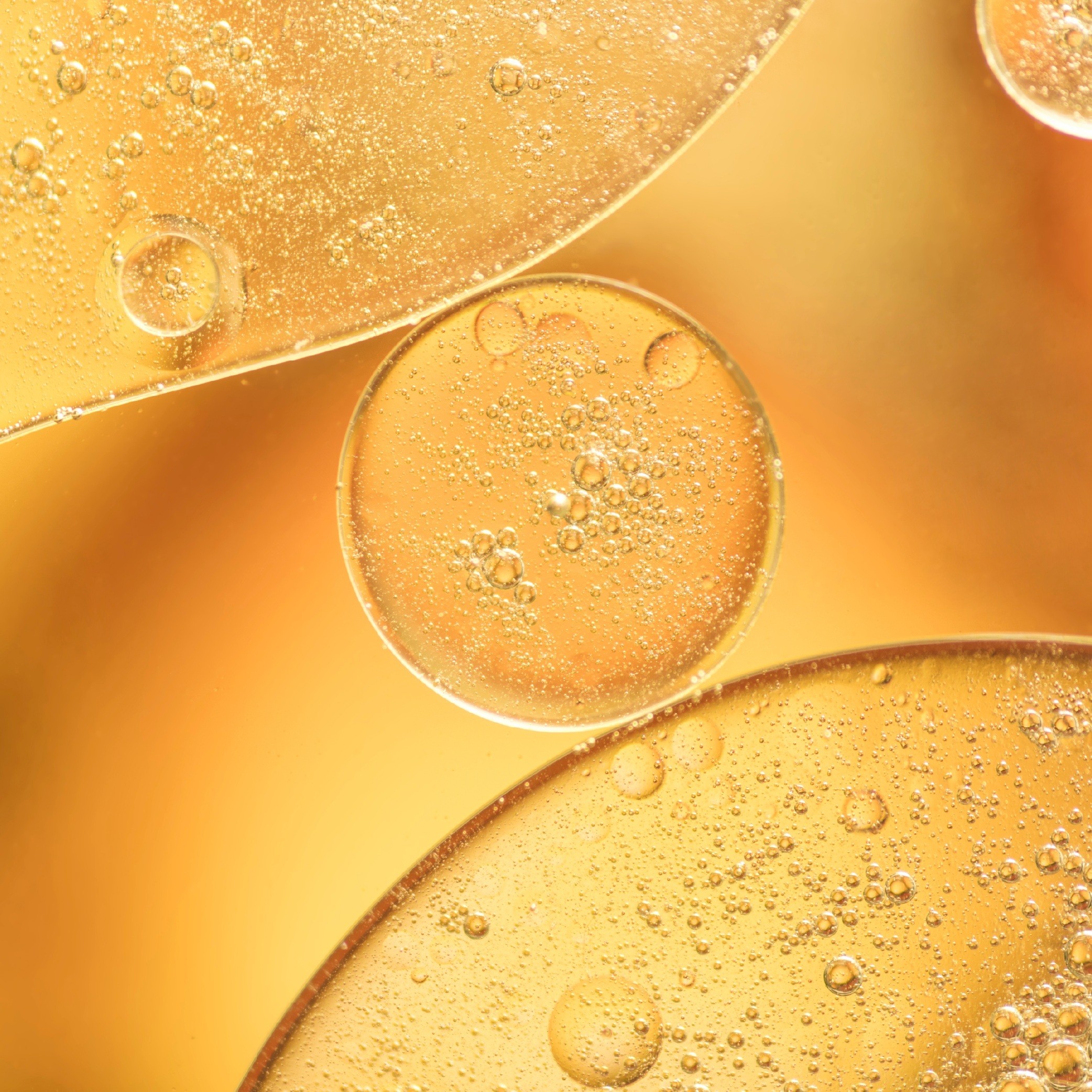Ascorbyl Glucoside (AG): Stable Vitamin C Derivative for Skin Health
What Is Ascorbyl Glucoside?
Ascorbyl Glucoside (often AA-2G, ascorbic acid 2-O-α-glucoside) is a derivative of vitamin C (ascorbic acid) in which a glucose moiety is bonded (via an α-glucosidic bond) to the ascorbic acid molecule.
This modification increases chemical stability compared to free ascorbic acid, making it less prone to oxidation or degradation under conditions of heat, light, or variable pH.
Mechanism of Action in Skin
1. Enzymatic Conversion & Sustained Release
After topical application, AG/AA-2G is converted by α-glucosidase enzymes present in the skin to release active ascorbic acid (AA). This permits a more gradual release of antioxidant activity rather than a rapid but transient spike.
This conversion is essential for its effectiveness: studies showed that blocking α-glucosidase (e.g. with an inhibitor) diminishes its protective effects.
2. Antioxidant / Free Radical Scavenging
AG (via AA after release) neutralizes reactive oxygen species (ROS), superoxide anions, hydrogen peroxide, etc., protecting skin cells from oxidative stress induced by UVB exposure and environmental insults.
In cultured human keratinocytes (cell line SCC), AA-2G showed dose-dependent protection against UVB-induced cytotoxicity, more effective than free AA in some conditions.
3. Photoprotective & Anti-Inflammatory Effects
AG reduces UVB‐induced damage and suppresses inflammatory responses in skin / skin cell models. In the SCC cell line, AA-2G decreases cytotoxicity from UVB and from ROS generators.
Because the conversion to AA is slower and the derivative is more stable, skin irritation is often less compared to formulations with high concentrations of free AA.
4. Pigmentation / Brightening
AG is used clinically in depigmenting formulations. In a 12-week open-label study, cream containing 0.1% ascorbyl glucoside (alongside other active agents) significantly reduced epidermal pigmentation and improved melanin index in subjects.
5. Safety Profile
According to the Cosmetic Ingredient Review Panel, Ascorbyl Glucoside (and Sodium Ascorbyl Glucoside) are considered safe for use in cosmetic products at current concentrations and practices.
Effects on Skin Function & Appearance
- Antioxidant Protection: Helps neutralize ROS, preventing oxidative damage to lipids, proteins, and DNA.
- Improved Photoprotection: Reduces UVB-mediated damage, including inflammation and cell death.
- Skin Brightening / Even Tone: In clinical usage (especially in combination creams), AG helps reduce pigmentation, melanin index, and improves overall complexion.
- Potential Collagen Support: By providing active AA, supports enzymes needed for collagen synthesis and maintenance
Figure shows clinical photographs of solar lentigos (pigmented skin spots) treated with a lotion containing AGAC (Ascorbyl Glucoside–Arginine Complex) vs a placebo lotion, over time (0, 12, 24 weeks). The test side shows visible fading of pigmentation over 24 weeks.
Research Highlights
Progressive Pigment Reduction: Clinical images show that treatment with Ascorbyl Glucoside–Arginine Complex (AGAC) visibly lightens solar lentigos over 12–24 weeks compared to placebo.
Sustained Efficacy: The gradual and continuous improvement across 24 weeks suggests that AGAC exerts a cumulative skin-brightening effect through consistent application.
Targeted Action: The results indicate effective modulation of melanin synthesis and reduction of existing pigment deposits, reflecting AGAC’s role as a stable and bioavailable vitamin C derivative for depigmentation therapy.
Conclusion
Ascorbyl Glucoside (AG, or AA-2G) is a scientifically validated derivative of vitamin C that addresses the stability and irritation limitations of free ascorbic acid while maintaining its key benefits. Through enzymatic release of active vitamin C in skin, AG delivers antioxidant protection, photoprotection, and helps reduce hyperpigmentation. Its favorable safety profile and ability to work effectively at lower concentrations make it an excellent ingredient for formulations aimed at brightening, anti‐aging, and overall skin health.
References
Chandrashekar, B. S., Shenoy, C., & Narayana N., L. (2018). Effectiveness and safety of a novel topical depigmenting agent in epidermal pigmentation: an open-label, non-comparative study. International Journal of Research in Dermatology, 4(4), 489. https://doi.org/10.18203/issn.2455-4529.intjresdermatol20183378
Eriko Miyai, Yanagida, M., Akiyama, J., & Yamamoto, I. (1997). Ascorbic Acid 2-O-.ALPHA.-Glucoside-Induced Redox Modulation in Human Keratinocyte Cell Line, SCC: Mechanisms of Photoprotective Effect against Ultraviolet Light B. Biological & Pharmaceutical Bulletin, 20(6), 632–636. https://doi.org/10.1248/bpb.20.632
Jacques, C., Genies, C., Bacqueville, D., Amélie Tourette, Borotra, N., Chaves, F., Sanches, F., Anne Laure Gaudry, S. Bessou-Touya, & Duplan, H. (2021). Ascorbic acid 2‐glucoside: An ascorbic acid pro‐drug with longer‐term antioxidant efficacy in skin. International Journal of Cosmetic Science, 43(6), 691–702. https://doi.org/10.1111/ics.12745
Johnson, W., Bergfeld, W. F., Belsito, D. V., Klaassen, C. D., Liebler, D. C., Marks, J. G., Peterson, L. A., Shank, R. C., Slaga, T. J., Snyder, P. W., Fiume, M., & Heldreth, B. (2025). Safety Assessment of Ascorbyl Glucoside and Sodium Ascorbyl Glucoside as Used in Cosmetics. International Journal of Toxicology, 44(1_suppl), 5S16S. https://doi.org/10.1177/10915818241297075






